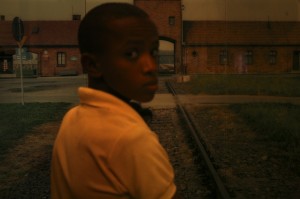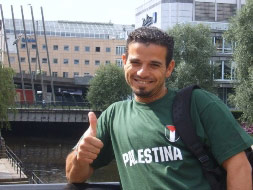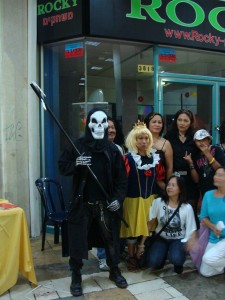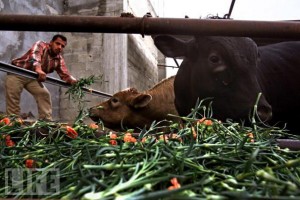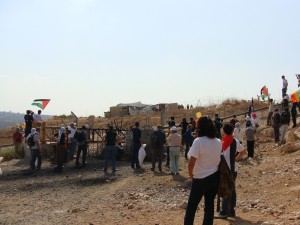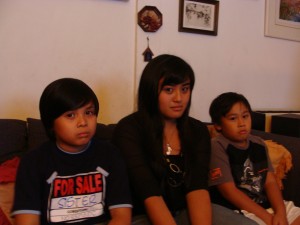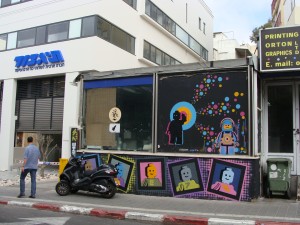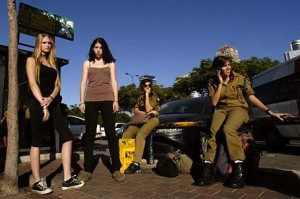 The National, November 14, 2009
The National, November 14, 2009
At a time when most Israeli girls her age are fantasizing about their post-army travels, Emelia Markovich, 19, is considering the jail time that looms ahead.
Markovich is a member of a group of shministim, Hebrew for 12th graders. But these shministim aren’t your average high school students. They are conscientious objectors, referred to refuseniks because they are unwilling to participate in the army service that is mandatory for non-religious Jewish men and women.
In October, 88 shministim—some still enrolled in school, some recent graduates—signed a letter of refusal addressed to Israeli Prime Minister Benjamin Netanyahu, Defense Minister Ehud Barak, and IDF Chief of Staff Gaby Ashkenazi. “We hereby declare that we will toil against the occupation and oppression policies of the Israeli government,” the statement reads.
Continue reading “Young Israeli women follow their consciences into prison”
